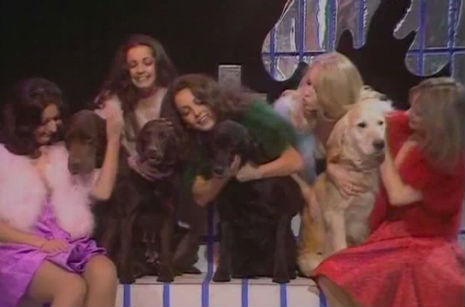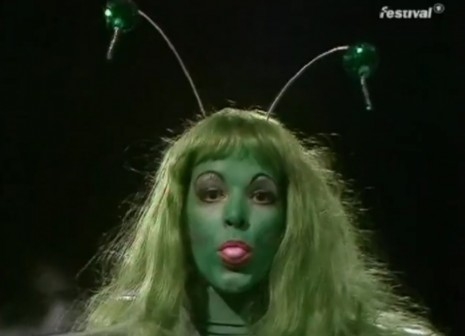
Pan’s People were the reason so many dads watched Top of the Pops. They would sit and moan and ask daft rhetorical questions about all the acts that appeared on the BBC’s legendary chart show saying things like “You call that music?” or “Is that a man or a woman? Why’s he got makeup on, then?....” while the likes of Marc Bolan, or David Bowie, or Slade lip-synched to their latest hit single. But when Pan’s People came on, these scoffing dads would fall suddenly silent and breath rather heavily as their attention zoomed in on the all-female dance troupe who gyrated their hips to the latest grooves.
Pan’s People consisted of five dancers: Babs Lord, Dee Dee Wilde, Ruth Pearson, Louise Clarke, and Cherry Gillespie. They had formed Pan’s People out of two different TV dance groups: the Beat Girls and Top of the Pops first dance troupe the Go-Jos in 1968. Each of these dancers was exceedingly beautiful and supple and performed, what was for the time, rather risque sets in fashionably arousing outfits. For many males, even those not very interested in music, Pan’s People made Top of the Pops essential viewing.
Pan’s People usually performed their routines to tracks that had charted when the artists (either by being on tour or based over in America) weren’t able to appear on the show. Each week, choreographer Flick Colby had to devise a new routine for the girls to perform. This sometimes led to strange literal interpretations like the time they all danced Gilbert O’Sullivan’s hit “Get Down” to a pack of dogs all because the song had the lyric “I told you once before, And I won’t tell you no more, Get down, Get down, Get down. You’re a bad dog, baby, I don’t want you hanging around.” Sometimes there was no lyric as in this promo made for the show featuring John Barry’s theme music for the Roger Moore and Tony Curtis series The Persuaders.
This little insert film is a strange kind of Ballardian fantasy where gangs of suited-up molls carry out half-remembered rituals that are still tinged with power and meaning. It’s a superbly informative piece of televisual history that captures so much about the culture at the time. It has to be remembered that women wearing trouser suits or dressing like men was outré and still considered shocking. It was a time when casinos and gambling were thought of as dangerous, illicit and deeply exciting. A time when women smoking a cigarillo—or even driving a car on their own—was seen as striking a blow for Women’s Liberation. Nowadays, I guess most young’uns would (sadly) swipe left in search of something far more explicit if one of Pan’s Peoples’ routines appeared on their tablets. “But what do kids know?” as some of those dads asked aloud to no-one, in particular, all those years ago.
And now, some more choice moments of the fabulous Pan’s People.
More fab dance routines from Pan’s People, after the jump…








